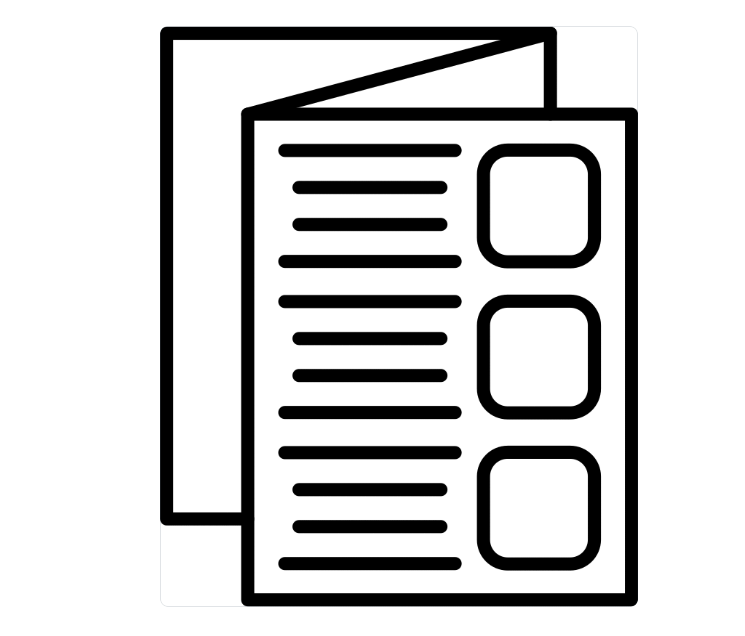IFAN Good Price Brass Threaded Fittings
Name: IFAN Brass Threaded Fittings
Brand: IFAN
Category : Click Download
Whatsapp : +86 19884503412</p>
Category : Click Download
Whatsapp : +86 19884503412
Wechat : 19884503412
Description
Understanding Why Leaks Happen
Brass threaded fittings are widely used for plumbing, gas, and industrial systems.
Leaks often occur due to improper sealing, cross-threading, vibration, or material fatigue.
Temperature changes may also cause expansion and contraction, leading to leaks.
Aged fittings or over-tightening can deform threads and weaken the connection.
Understanding the cause is the first step toward preventing or stopping a leak.
Inspect the Threads Before Assembly
Before connecting brass threaded fittings, carefully inspect the threads for damage or dirt.
Threads should be clean, smooth, and properly formed with no signs of wear.
Use a brush or cloth to remove debris or oil residue.
Damaged threads can cause misalignment and prevent proper sealing.
If threads appear stripped or uneven, replace the fitting before proceeding.
Choose the Right Sealant
A proper sealant is essential for leak-free brass threaded fittings.
Two common options include PTFE (Teflon) tape and pipe thread sealant compound.
PTFE tape is easy to apply, especially for smaller fittings.
For gas or high-pressure systems, thread sealant paste is often preferred.
Never use both unless the manufacturer recommends it for the specific fitting.
Apply PTFE Tape Properly
Wrap PTFE tape in the direction of the threads, usually clockwise.
Start two threads back from the end to avoid tape entering the pipe.
Use 2 to 4 full wraps for most brass threaded fittings.
Press the tape tightly so it conforms to the threads.
Avoid excessive wrapping, which can cause thread cracking or misalignment.
Use the Correct Tightening Technique
Tighten the brass threaded fittings using appropriate tools and moderate force.
Over-tightening can crack the fitting or damage internal threads.
Under-tightening may result in leaks due to poor compression.
Hand-tighten first, then use a wrench to complete the seal.
Stop once resistance increases significantly; don’t force beyond that point.
Leak Testing and Inspection
After installation, always test the connection for leaks.
Use soapy water or a leak detector spray around the fittings.
Bubbles will form if air or fluid escapes through the joint.
If a leak is detected, disassemble, clean, and re-seal the fitting.
In pressurized systems, perform tests under working conditions to ensure reliability.
Consider Using Brass Thread Sealant
Special thread sealants designed for brass threaded fittings offer excellent performance.
They resist vibration, temperature changes, and chemical exposure.
Loctite and similar brands offer anaerobic sealants that cure without air.
These sealants fill microscopic gaps between threads, preventing leaks.
Allow curing time according to the product instructions before pressurizing the system.
Replace Old or Damaged Fittings
If a leak persists despite sealing attempts, inspect for cracks or corrosion.
Brass threaded fittings can wear out after years of service.
Stress, heat, and chemical exposure accelerate aging and fatigue.
In such cases, replacement is the most effective long-term solution.
Always choose high-quality brass fittings rated for the intended pressure and use.
Conclusion
Leaks in brass threaded fittings are common but preventable.
Careful inspection, proper sealing, and correct installation ensure leak-free performance.
Use quality materials and test each connection before use.
Timely maintenance and replacement of worn fittings prevent costly damage and ensure safety.
With the right approach, brass threaded fittings can deliver long-term, reliable performance.
相关产品
- Brass Fittings
Brass Fittings Adapter
- Brass Fittings
Brass Nipple
- Brass Fittings
Brass Elbow
- Brass Fittings
Brass Fittings
HAVE ANY QUERIES? SEND TO CONTACTOANTSMACHINE.COM
ONTACT US













